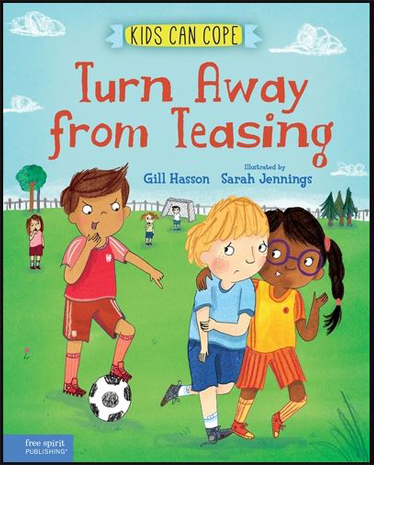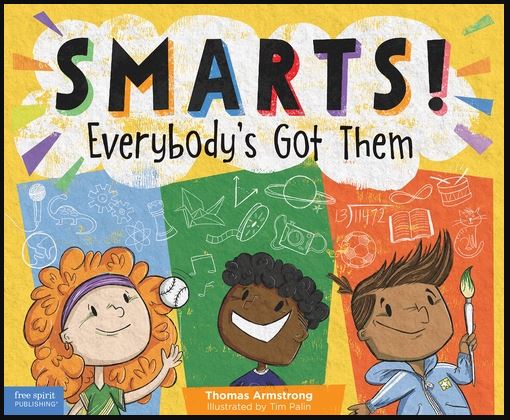Related Products
For Parents
Related Teacher Tools Takeout Items
We Want Him to be “Normal”…
“We don’t want to call attention to his hearing loss. We want him to be “normal.”
Students with hearing devices are typically educated in their neighborhood schools and are the only ones in their grade or the school to have a hearing loss. Everyone wants students to have a good experience in school. Often part of this desire by families is for their child to not feel singled out as ‘different.’ While it is true that our students are just ‘normal kids who happen to be hard of hearing or deaf’, it is also true that having a hearing loss means that they will be different in some ways from their peers.
What does this approach mean for the student?
It does not take calling attention to the hearing loss for the class peers to recognize that there is a hearing loss – or something – different about the child. In any group where the same people are together day after day the fact that one of the group wears hearing devices will soon become known. Either by seeing the hearing devices, or by experiencing the child not responding typically in certain situations (listening in noise, distance, fast/quiet conversations, etc.) the other students will identify the child as being different.
Psychosocial development informs us that between age 4-6 years that children are learning what is acceptable and not acceptable to the peer group. Research has indicated that early rejection by peers is associated with persistent academic and social difficulties. By including the child with hearing loss in the mainstream environment without letting the peers know anything about the child’s hearing devices or communication needs the child faces exclusion from the peer group and often has no knowledge or strategies to cope with the situation.
Example of cascading effects of not informing peers of the hearing loss/hearing devices:
Jimmy is excited to start kindergarten. The first day when he is sitting with the ![]() group the boy next to him says loudly “What are those things in your ears.” Jimmy has always been around his family and others who know about the hearing aids so he hasn’t been prepared for questions like these. He feels confused and ashamed. He says, “They’re my hearing aids.” The other boy makes a grab for the aid so he can see it better and they get into a tussle. The teacher calls them out to stop fighting. On the first day of kindergarten Jimmy learned that his hearing aids get him in trouble, and other kids look at him funny. The students don’t know what ‘those things’ are or why he needs them so they start to tease and avoid him. Even though he has worn hearing aids as long as he can remember, he starts to wonder what would happen if he ‘forgets’ them at home…
group the boy next to him says loudly “What are those things in your ears.” Jimmy has always been around his family and others who know about the hearing aids so he hasn’t been prepared for questions like these. He feels confused and ashamed. He says, “They’re my hearing aids.” The other boy makes a grab for the aid so he can see it better and they get into a tussle. The teacher calls them out to stop fighting. On the first day of kindergarten Jimmy learned that his hearing aids get him in trouble, and other kids look at him funny. The students don’t know what ‘those things’ are or why he needs them so they start to tease and avoid him. Even though he has worn hearing aids as long as he can remember, he starts to wonder what would happen if he ‘forgets’ them at home…
Setting the stage for rejection of hearing devices
We develop our identifies by defining ourselves as members of various groups. To develop a healthy identity where it is okay to be a person who uses hearing devices, a child must be exposed to, and interact with, other children who use hearing devices. In the current model of full inclusion, it is becoming less and less likely that a student with hearing devices will see another student who is hard of hearing. As the acceptance of peers becomes more important in grade 2 and increases throughout middle school, it becomes more likely for the child who uses hearing devices to want to be ‘normal’, meaning not use hearing aids and/or a DM system. It is not surprising that there are now reports of more children rejecting hearing devices, especially DM systems, at earlier ages than previously, when they had regular interactions with peers who used hearing devices.
What can be done to develop students who feel good about themselves
and ready to deal with peer acceptance issues?
- Before he enters kindergarten if possible, prepare the child that he will be asked questions
- Other kids probably haven’t seen a child using hearing aids and won’t know what they are
- He will be asked questions about what the hearing devices are and why he uses them
- Other children may want to handle the devices and he needs to be able to discourage this appropriately, so they are not broken
- People do not understand what it means to have a hearing loss.
- Work with the child to develop an understanding of what a hearing loss is, and what that means
- He knows he is the kid in the family that wears hearing aids but is likely to not have a clear understanding of why.
- Use materials like the CHILD checklist questions and the My World tool (soon to be an app!) to discuss how the hearing loss means he has a smaller ‘listening bubble’ and challenges listening in noise, at a distance, and when people talk fast or have accents.
- The hearing aids help him – A LOT! Unless he understands what it means to have a hearing loss and how the hearing aids help him, he won’t be able to explain it to others when they ask or to advocate for himself when he knows he will have a hard time hearing and understanding.
-
- Inservice the class peers
- Whether the child wants to play a role in talking about hearing and listening with his classmates or not, an adult needs to set the stage for student acceptance (teacher, parent, DHH specialist)
- Discuss the importance of hearing and being a good listener in the classroom. What happens if someone can’t hear as well as others? Some children are born with ears that do not work as well as other peoples and they use hearing aids. Etc.
- It is especially hard to understand in noise and when someone is talking at a distance. This makes it seem like the person could be ignoring you, but that is not true.
- Read a book to the class, like Eggbert the Slightly Cracked Egg roughly for preschool through grade 2, Friends, Like You for grades 2-5, and El Deafo for grades 3-6.
- Discuss how to be respectful when talking to others. Get their attention first, etc.
- Demonstrate the use of the DM system. Allow the child to ‘shine’ as the teacher steps away and quietly asks a question that the rest of the class cannot hear but the child using the DM system can answer.
- Answer questions – the classmates will be curious!
- Inservice the class peers
- He WILL be teased. What should he do?
- While some children will ask about the hearing devices because they are curious, others will tease the child. Discuss teasing:
- Why do children tease?
- Is he the only one who gets teased? Only kids with hearing aids get teased?
- How should he avoid bullying situations?
- Practice responses to typical questions and teasing situations
- Refer to Building Self-Confidence and Resilience to Maximize Acceptance for materials on teaching for resilience to teasing
- While some children will ask about the hearing devices because they are curious, others will tease the child. Discuss teasing:
- Make regular connections between DHH peers is critical for success
- Children who connect with others who have similar hearing loss and device use will be more self-confident and resilient to peer pressure. Holding regular group meetings digitally (i.e., Skype, Zoom, etc.) among students to meet instructional goals for self-advocacy is an effective way to increase student success – socially, emotionally, and academically!



